AARHUS, Denmark: Besides everyday diagnoses, there are some real rarities to be found in the world of medicine. This was true for a patient at the Department of Otorhinolaryngology, Head and Neck Surgery of the Aarhus University Hospital. After two years of a stuffy and runny nostril and the loss of his ability to smell, doctors discovered that a retained tooth growing in his nasal cavity was the reason for his symptoms.
A CT scan of the 59-year-old patient revealed a mucus-covered mass on the floor of his nasal cavity. As a result, the doctors suspected that the patient had either a dermoid cyst—a growth that some people are born with that contains structures such as hair, teeth, fluid or skin glands—or an impacted tooth.
The medical team decided to use an endoscope to perform a surgical extraction. The examination of the extracted mass revealed the retained tooth, which was covered with inflamed nasal tissue.
Usually, a condition like this is caused by trauma, infections from a cyst, or developmental disturbances such as cleft lip or cleft palate, but the doctors had no obvious explanation for this particular case, as stated in their report.
“Our patient most likely had the intranasal retained tooth most of his life, but had late onset of symptoms,” stated co-author Dr Milos Fuglsang, who had carried out the tooth extraction.
According to the BMJ, only 23 patients have been identified as experiencing similar incidents over a period from 1959 to 2008. It is most common in males and more common among adults than children. For Fuglsang, this was the first case of its kind in his medical career.
The case report, titled “Retained tooth in the nasal cavity: A rare cause of nasal congestion”, was published on 21 February 2019 in BMJ Case Reports.
RUGBY, UK/BOISE, Idaho, US: Oral cancer incidence is on the rise globally and awareness of mouth cancer remains low. To tackle the issue, the Oral Health ...
I enjoy seeing the articles in cosmetic dentistry in which clinicians recount their creation of magnificent works of art through digital restorative ...
A 72-year-old patient presented to our clinic for whom crown treatment of tooth #37 was planned owing to the patient complaining of recent pain on biting ...
Advances in technology in dentistry have rapidly improved diagnostics, streamlined treatments and made the dental chair a safer, more comfortable place. ...
SYDNEY, Australia: The state of Australians’ oral health has been covered extensively down under for many years. As reported by Dental Tribune early in ...
The number of universal adhesives being offered by the dental industry nowadays can make it difficult to decide whether it may be worth switching to another...
Preparation of the access cavity represents the first operative stage of every endodontic treatment and plays a fundamental role in locating the root canal ...
In March last year, Dr Ahmad al-Hassiny, director of the Institute of Digital Dentistry, noted that over 90% of US dental laboratories and nearly 50% of ...
The population is ageing rapidly because of the prolonged life expectancy evident in most industrialised countries in the world. Accordingly, the number of ...
ST. LOUIS, U.S.: Black hairy tongue (BHT) refers to a condition of black or brown discoloration of the tongue due to elongated filiform papillae, giving the...
Live webinar
Mon. 12 January 2026
9:00 am EST (New York)
Prof. Judith Jones D.D.S; M.P.H., Prof. Kakuhiro Fukai D.D.S., Ph.D, Dr. Bathsheba (Bethy) Turton
Live webinar
Wed. 14 January 2026
12:00 pm EST (New York)
Dr. Théo Laplane, Dr. Robert Gottlander DDS
Live webinar
Fri. 16 January 2026
12:00 pm EST (New York)
Live webinar
Mon. 19 January 2026
1:00 pm EST (New York)
Philipp Kopp, Michael Seeber
Live webinar
Thu. 22 January 2026
2:00 pm EST (New York)
Dr. Nicola M. Grande DDS, PhD
Live webinar
Wed. 28 January 2026
8:00 am EST (New York)
Live webinar
Wed. 28 January 2026
11:00 am EST (New York)
Prof. Dr. Jan-Frederik Güth



 Austria / Österreich
Austria / Österreich
 Bosnia and Herzegovina / Босна и Херцеговина
Bosnia and Herzegovina / Босна и Херцеговина
 Bulgaria / България
Bulgaria / България
 Croatia / Hrvatska
Croatia / Hrvatska
 Czech Republic & Slovakia / Česká republika & Slovensko
Czech Republic & Slovakia / Česká republika & Slovensko
 France / France
France / France
 Germany / Deutschland
Germany / Deutschland
 Greece / ΕΛΛΑΔΑ
Greece / ΕΛΛΑΔΑ
 Hungary / Hungary
Hungary / Hungary
 Italy / Italia
Italy / Italia
 Netherlands / Nederland
Netherlands / Nederland
 Nordic / Nordic
Nordic / Nordic
 Poland / Polska
Poland / Polska
 Portugal / Portugal
Portugal / Portugal
 Romania & Moldova / România & Moldova
Romania & Moldova / România & Moldova
 Slovenia / Slovenija
Slovenia / Slovenija
 Serbia & Montenegro / Србија и Црна Гора
Serbia & Montenegro / Србија и Црна Гора
 Spain / España
Spain / España
 Switzerland / Schweiz
Switzerland / Schweiz
 Turkey / Türkiye
Turkey / Türkiye
 UK & Ireland / UK & Ireland
UK & Ireland / UK & Ireland
 Brazil / Brasil
Brazil / Brasil
 Canada / Canada
Canada / Canada
 Latin America / Latinoamérica
Latin America / Latinoamérica
 USA / USA
USA / USA
 China / 中国
China / 中国
 India / भारत गणराज्य
India / भारत गणराज्य
 Pakistan / Pākistān
Pakistan / Pākistān
 Vietnam / Việt Nam
Vietnam / Việt Nam
 ASEAN / ASEAN
ASEAN / ASEAN
 Israel / מְדִינַת יִשְׂרָאֵל
Israel / מְדִינַת יִשְׂרָאֵל
 Algeria, Morocco & Tunisia / الجزائر والمغرب وتونس
Algeria, Morocco & Tunisia / الجزائر والمغرب وتونس
 Middle East / Middle East
Middle East / Middle East
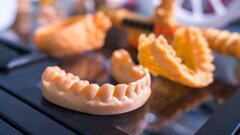
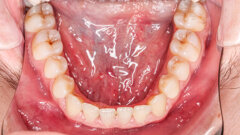





















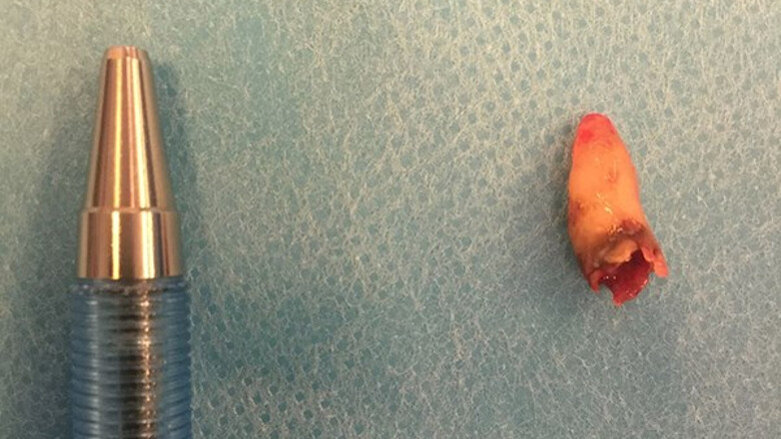



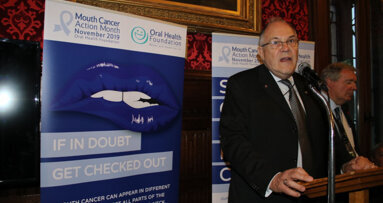
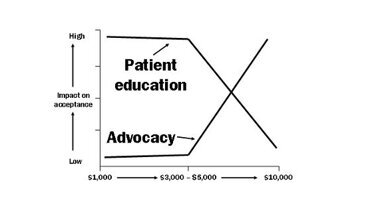




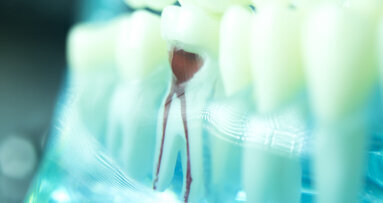

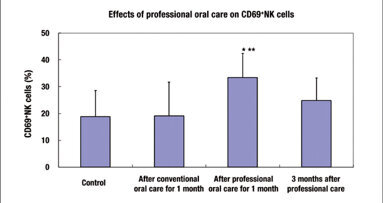
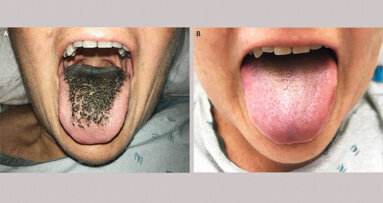










To post a reply please login or register